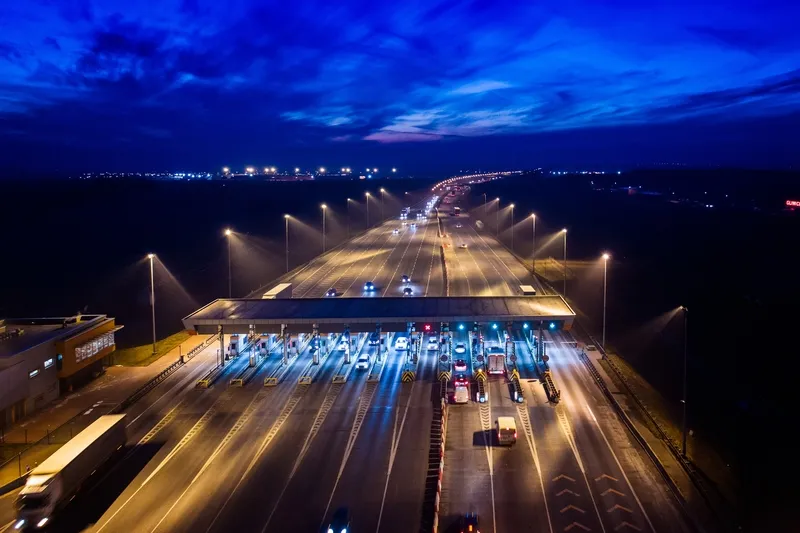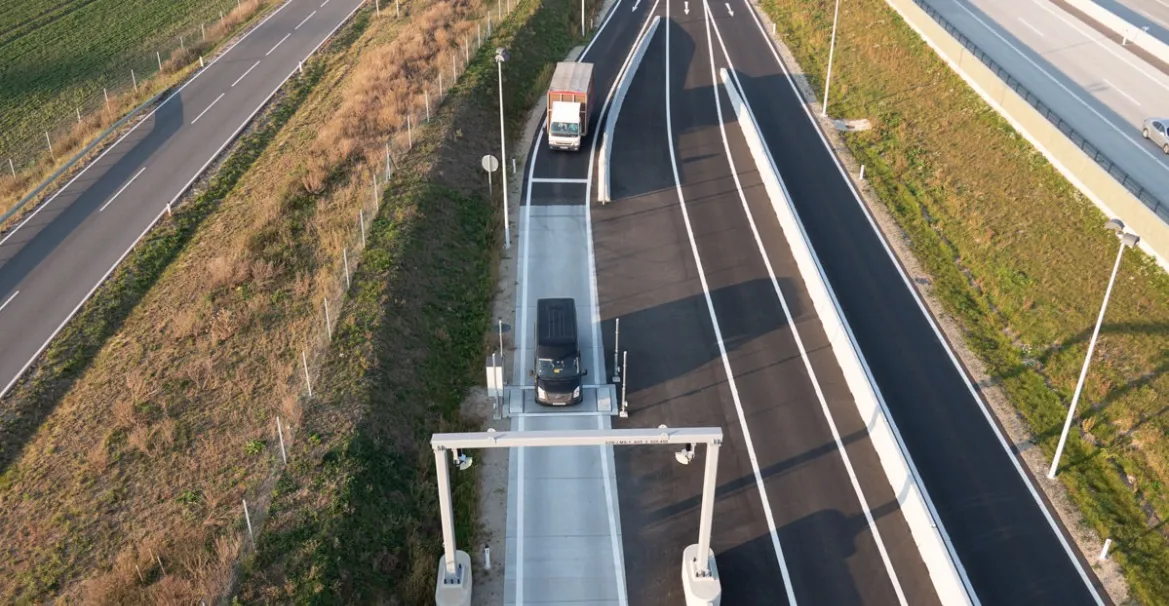
International Road Dynamics (IRD) subsidiary Pat-Traffic has released a new controller for integrating Weigh in Motion (WiM) into toll and access control systems.
IRD says WiM is increasingly used as a part of toll systems around the world as toll road operators have become more aware of the damage to pavement caused by heavily loaded vehicles.
WiM systems help ensure vehicles are adequately compensating for their share of road use through weight-based tolling. They can also fine overweight vehicles directly or deny access to extremely overweight trucks.
According to IRD, overweight vehicles are both a safety risk and produce greater pollution, thereby creating a desire on the part of authorities to tax them or limit access to urban areas via tolling.
The new WIM@Toll controller interfaces to toll system components such as WiM sensors, inductive loops, automatic vehicle classification (AVC) sensors, automatic number plate recognition cameras, light curtains, vehicle dimensioning systems, barrier gates, traffic lights and fare displays. The lane system can be configured to use AVC subsystems based on SensorLine fiber-optic sensors or the advanced axle classification for toll system that is powered by IRD’s VectorSense sensors – an in-road sensor that classifies vehicles based on tire footprint profiles. Additionally, the controller can also interface to non-intrusive 3D Lidar sensors for AVC and dimensioning.
IRD CEO Rish Malhotra says: “We see growing interest and new opportunities worldwide in tolling as governments look to products and services that can help them pay for and sustain infrastructure projects. Further, we also see a convergence of tolling and enforcement ITS verticals, which we are well positioned to capitalise on.
“Our next generation WIM@Toll controller incorporates our recently acquired fibre-optic sensor capabilities, is a critical step towards strengthening our position in the international toll marketplace and enables customers to leverage a modular solution for WiM, toll operations and access control deployments.”
WIM@Toll is part of iToll, IRD’s solution for the management and collection of tolls. The solution supports lane-based toll operation models as well as a range of requirements and regulations issued by different state entities and toll concessionaires worldwide. It is expected to offer a superior alternative to discrete input/output or more expensive programmable logic controller technology.









